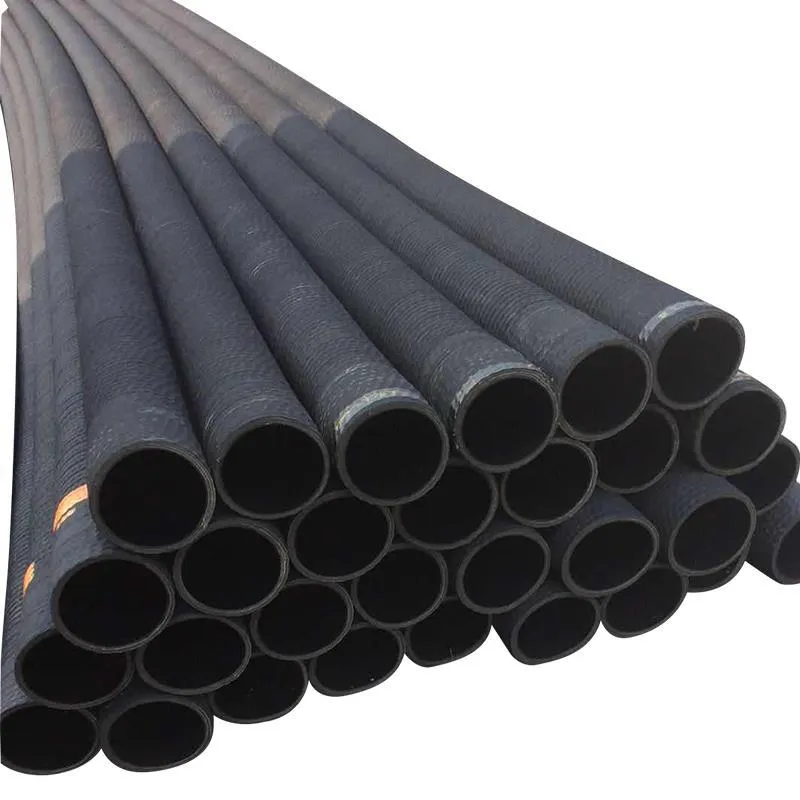
- Afrikaans
- Albanian
- Amharic
- Arabic
- Armenian
- Azerbaijani
- Basque
- Belarusian
- Bengali
- Bosnian
- Bulgarian
- Catalan
- Cebuano
- Corsican
- Croatian
- Czech
- Danish
- Dutch
- English
- Esperanto
- Estonian
- Finnish
- French
- Frisian
- Galician
- Georgian
- German
- Greek
- Gujarati
- haitian_creole
- hausa
- hawaiian
- Hebrew
- Hindi
- Miao
- Hungarian
- Icelandic
- igbo
- Indonesian
- irish
- Italian
- Japanese
- Javanese
- Kannada
- kazakh
- Khmer
- Rwandese
- Korean
- Kurdish
- Kyrgyz
- Lao
- Latin
- Latvian
- Lithuanian
- Luxembourgish
- Macedonian
- Malgashi
- Malay
- Malayalam
- Maltese
- Maori
- Marathi
- Mongolian
- Myanmar
- Nepali
- Norwegian
- Norwegian
- Occitan
- Pashto
- Persian
- Polish
- Portuguese
- Punjabi
- Romanian
- Russian
- Samoan
- scottish-gaelic
- Serbian
- Sesotho
- Shona
- Sindhi
- Sinhala
- Slovak
- Slovenian
- Somali
- Spanish
- Sundanese
- Swahili
- Swedish
- Tagalog
- Tajik
- Tamil
- Tatar
- Telugu
- Thai
- Turkish
- Turkmen
- Ukrainian
- Urdu
- Uighur
- Uzbek
- Vietnamese
- Welsh
- Bantu
- Yiddish
- Yoruba
- Zulu

មករា . 22, 2025 00:37 Back to list
propane hoses


Regular inspection and maintenance of propane hoses cannot be overstated. Frequent checks for signs of wear, tear, corrosion, or leaks are indispensable to maintaining safety. Conducting a soapy water test along the length of the hose can reveal leaks, as the formation of bubbles indicates escaping gas. In the event of any damage or leaks, replacing the propane hose promptly is mandatory to ensure safety. Propane hose safety also hinges on understanding the regulatory standards and codes applicable in your region. Different countries and states may have specific regulations governing the manufacture, installation, and maintenance of propane hoses. Familiarity with these standards helps ensure compliance and enhances safety measures. Additionally, expert opinion and advice should always be considered when dealing with propane systems. Certified professionals in propane systems can offer invaluable insights and solutions tailored to specific needs and scenarios. Whether it involves troubleshooting issues, optimizing setups, or ensuring compliance with safety standards, expert guidance can significantly enhance the reliability and safety of propane systems. Ultimately, the role of a propane hose is indispensable in the safe and efficient use of propane-powered appliances. With their crucial function in conveying gas, understanding and applying best practices in selection, installation, and maintenance is essential. By prioritizing quality, compliance, and regular maintenance, users can ensure both safety and performance are optimally achieved in their propane setups.
Latest News
Steel Wire Reinforced Hydraulic Hose SAE 100 R1 / EN853 1SN S
NewsOct.17,2024
Two Layers Steel Wire Reinforced Hydraulic Hose SAE 100 R2 / EN853 2SN
NewsSep.03,2024
Textile Braid Reinforced Hydraulic Hose SAE100 R3+R6
NewsSep.03,2024
Textile Reinforced Hydraulic oil Suction Hose with embedded Steel Wire SAE 100 R4
NewsSep.03,2024
Single Wire Braid and Textile Covered Hydraulic Hose SAE 100 R5
NewsSep.03,2024
High Pressure Thermoplastic Hydraulic Hose SAE 100 R7 / EN855 R7 - SAE 100 R8 / EN855 R8
NewsSep.03,2024
Heavy Duty Four-layer Steel Wire Spiral Reinforced Hydraulic Hose SAE100R9+R10+R12
NewsSep.03,2024
Heavy Duty Multi-layer Steel Wire Reinforced Hydraulic Hose SAE100R13 SAE100R15
NewsSep.03,2024
Latest Products









